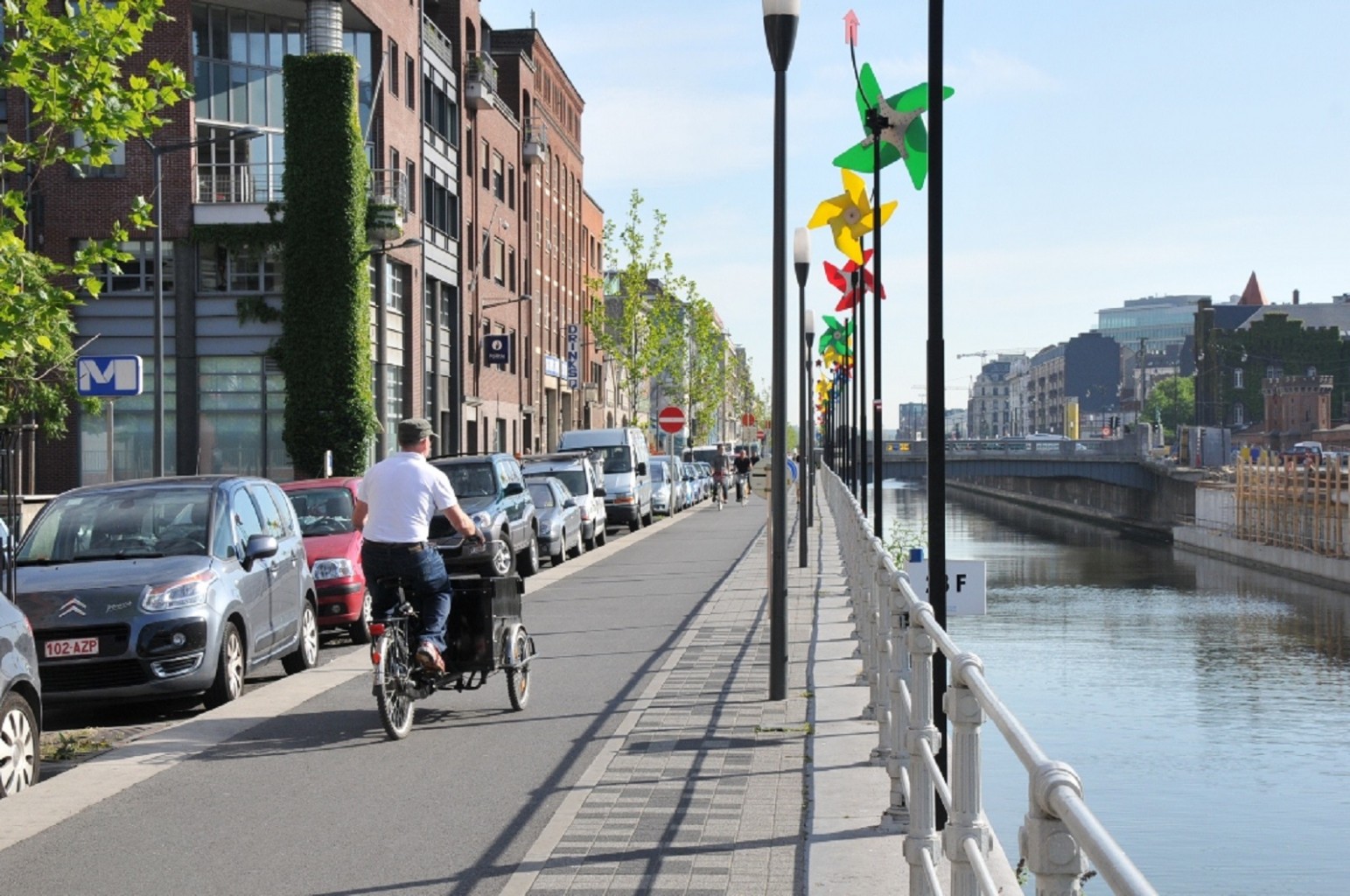Over the next few months, screen.brussels will be introducing you to the municipalities of the Brussels-Capital Region. A possible source of inspiration for your next set?
After its neighbour Koekelberg, we continue our presentations of the northern municipalities around Brussels. In the spotlight this month, Molenbeek!
Fun fact: it was in Molenbeek that the first Belgian feature films were made, in the Karreveld estate - a Flemish Neo-Renaissance style castle. In 1908, Pathé's Belgian subsidiary - Belgian Cinema Film - set up its studios there, under the direction of Alfred Machin (and we did not make that up).
From its small cobbled streets to the main avenues, from workers' houses to mansions, Molenbeek is home to a wide variety of architecture styles, including a vast industrial heritage. Dating back to the beginning of the 19th century, factories were set up in Molenbeek, which quickly became a real industrial centre known as the "Belgian Manchester". This growth was made all the easier by the Brussels-Charleroi canal. Landmarks from these times include former foundries, such as the Brussels Museum of Industry and Labour, and the Gosset factory with its Art Deco/Modernist architecture, several former breweries currently converted into hotels (Hôtel Belvue) or event venues (Brussels Event Brewery), as well as many private lofts.
Industrial expansion meant a demographic boom, and a new Town Hall was needed. In a neoclassical style, it is located in the Place Communale in the historic centre. Another emblematic building of the municipality: Saint-John-the-Baptist church by the architect Art Deco Joseph Diongre. It is even more impressive from within as from outside! Some streets boom with activity and little stalls (rue du Prado) or have weekly markets (Place Duchesse de Brabant).
Quite naturally, you can also find several workers' housing projects in Molenbeek: the cute Cité Diongre - with its white facades, blue windows and red brick roofs, the noteworthy Cité Dubrucq - with its repeated geometric elements, and the more standard Cités Nogent and Accord-Mélodie. More modern social housing and apartment complexes are of course also to be found.
Some later residential areas are preserved from the 1950's-60', with very typical architecture. Let us not forget some beautiful projects of contemporary architecture such as the administrative center next to the Comte de Flandres metro station.
Molenbeek is a changing, dynamic municipality: certainly worth a visit!
Useful info for filming in Molenbeek-Saint-Jean
Timeframe : 10 working days
Fees :
Filming : free.
Parking : 40 € / day / sign
